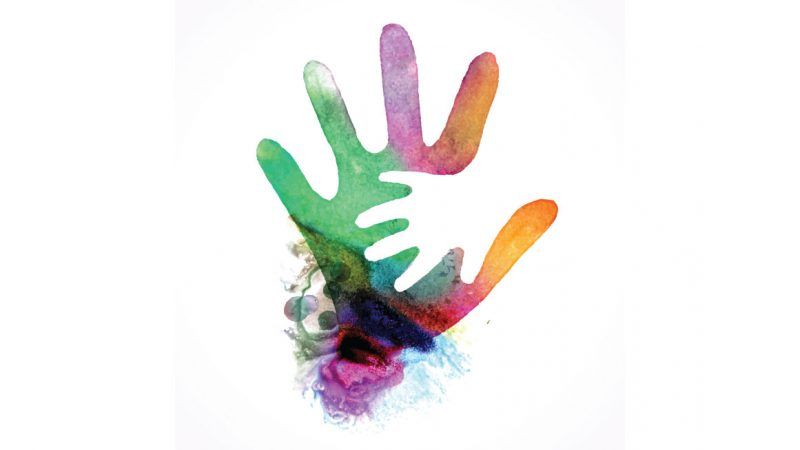The Drug War's Hidden Foster Care Crisis

Between 2012 and 2016, the number of children placed annually into foster care in the U.S. increased by 10 percent. A significant driver of the rise was opioid addiction.
According to the most recent U.S. Department of Health and Human Services (HHS) annual report, out of the nearly 269,000 children who entered foster care in fiscal year 2017, some 96,000 were removed from their homes due to parental substance abuse—the second largest category behind neglect. In many cases, HHS reports, officials could not avoid placing children in foster care because so many extended family members were also addicted to opioids.
Lurking behind this figure is another sad truth: As the opioid crisis exploded, treatment options and nonpunitive public policies for dealing with substance abuse lagged far behind, while zero-tolerance attitudes and deep misunderstandings of addiction set parents up for failure.
Opioid addiction is notoriously hard to kick, and relapses are common. Parents are required to enter treatment and demonstrate sobriety to keep their children or get them back. Yet there are only three FDA-approved drug therapies, and doctors who are licensed to dispense them are in short supply, resulting in long wait lists.
Amber Khan, a senior staff attorney for the National Advocates for Pregnant Women, says parents who are referred to child welfare services can be subjected to months of government intervention in their lives, including court-mandated treatment, even when they are not actually addicted to anything. "And for those who do in fact have a substance abuse disorder, many experts on this matter agree that relapse is a part of treatment," she explains, "but that's also something the child welfare system doesn't have any patience for."
A 2018 HHS study acknowledged that the rise in child removals was exacerbated by widespread shortages of treatment options, as well as mistrust among child welfare officials and judges of how medication-assisted addiction treatment works.
"The lack of timely, appropriate treatment," the report concluded, "set families up for failure."
As parents are set up for failure, so are the children who are placed into the foster care system. Kids who "age out" when they turn 18 have worse outcomes in myriad categories, on average, than their peers.
A 2007 study by the Children's Advocacy Institute at the University of San Diego reported that only 1–3 percent of all former California foster youth graduated from college. "The statistical probability of a person getting a college degree coming out of the foster care system is worse than someone coming out of prison," ACE Scholars Services Director Jim Mickelson told me that year.
Foster care in the U.S. is rife with poor monitoring and bureaucrats who range from well-meaning-but-overworked to negligent to criminally malicious.
A 2018 Associated Press investigation revealed that child welfare officials had pressured dozens—possibly hundreds—of parents in North Carolina into signing illegal documents relinquishing custody of their children without a judge's order. "They make you feel like you have no other option except to give them away," said a mother who signed away her newborn under pressure from officials who suspected she used drugs while pregnant.
A Texas judge recently fined the state's Child Protective Services Agency $127,000 after officials lied and allegedly falsified documents in one case.
In 2018, Brooklyn Defender Services testified before the New York City Council that a mother was briefly separated from her children after the city's Administration for Children's Services (ACS) accused her of smoking marijuana in the presence of her 4-year-old son. The family court eventually dismissed all of the allegations, and it was later discovered that ACS had determined prior to filing the removal petition against her that the drug accusations were unfounded.
There are some hopeful signs. According to preliminary reports collected by the Chronicle of Social Change this year, the increase in annual admissions to the foster care system may have finally plateaued. If so, now is the time to get a handle on the system and transition to a child welfare model that's realistic about what it takes to beat addiction and what it means to put a child into foster care.
The opioid crisis is a real and serious problem, but the decision to terminate a parent's rights should always be a last resort. An alternative that manages to keep families together and keep children safe can only be an improvement.


Show Comments (13)